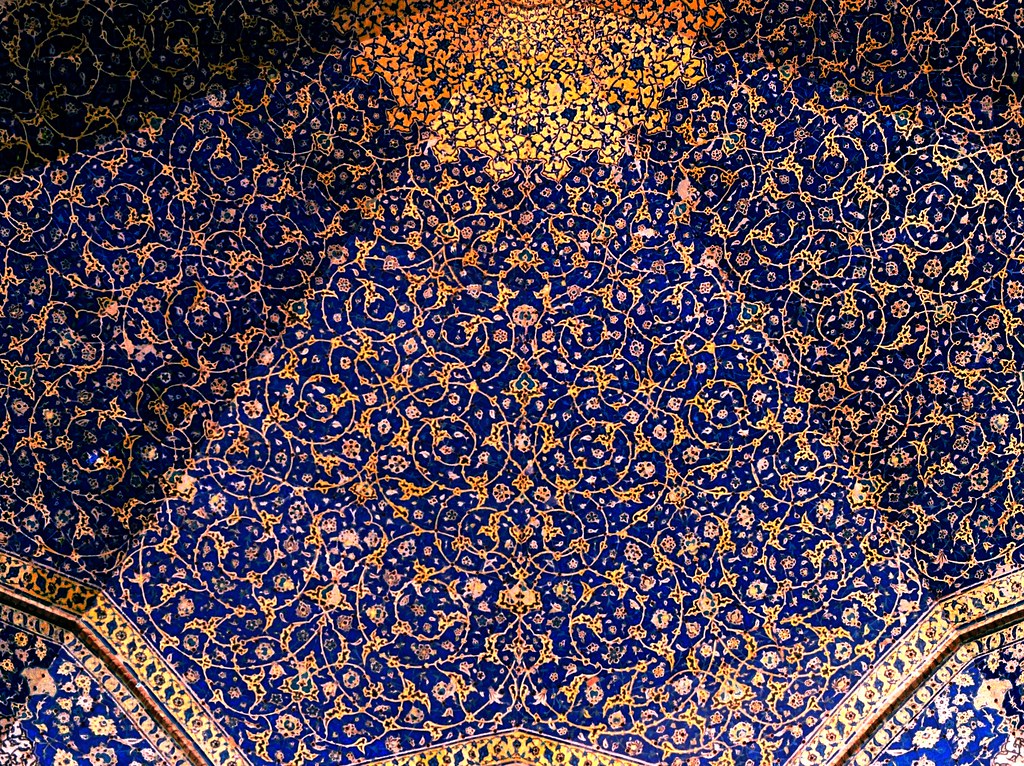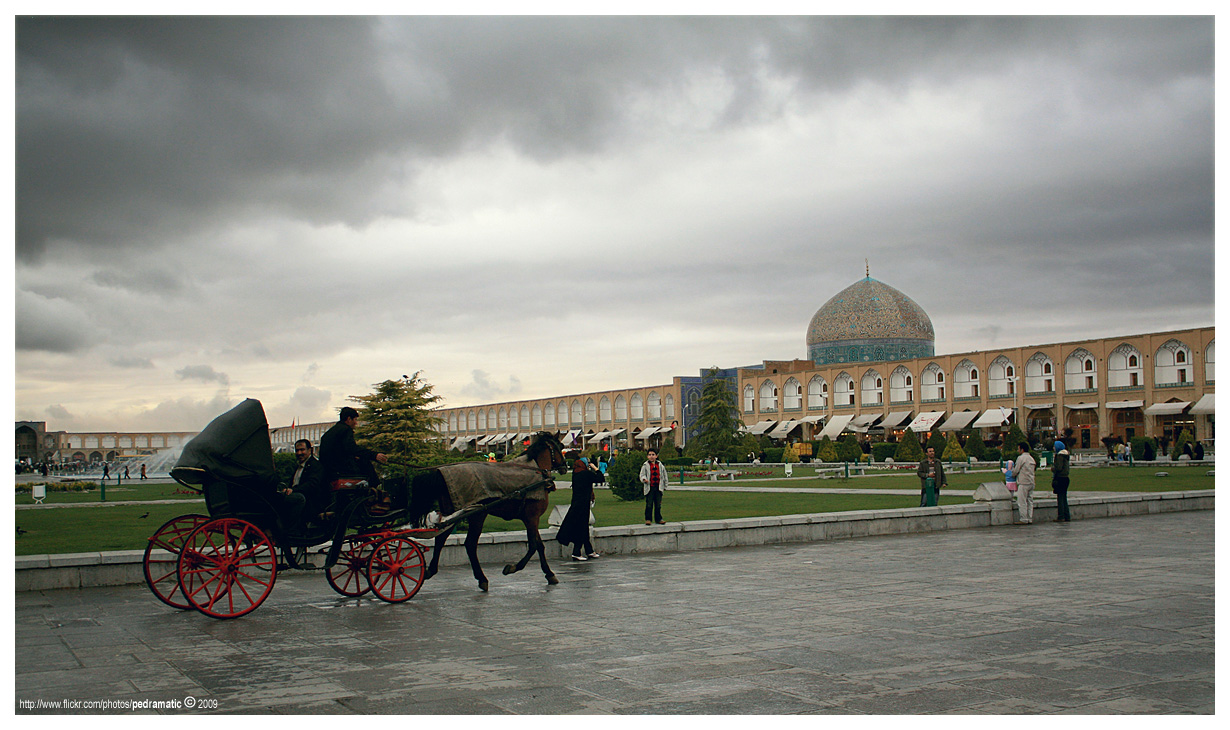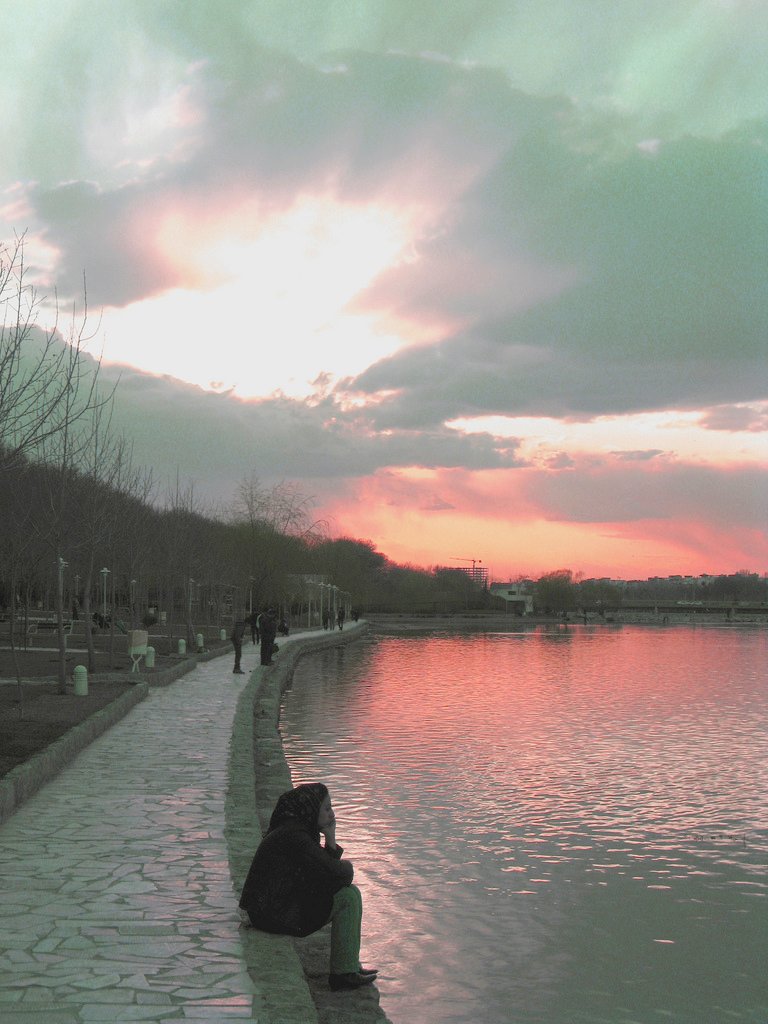How to install the app on iOS
Follow along with the video below to see how to install our site as a web app on your home screen.
Note: This feature may not be available in some browsers.
You are using an out of date browser. It may not display this or other websites correctly.
You should upgrade or use an alternative browser.
You should upgrade or use an alternative browser.
Beautiful pictures of Iran
- Thread starter Abi
- Start date
bozorgmehr
FULL MEMBER

- Joined
- Dec 13, 2008
- Messages
- 940
- Reaction score
- 5
This is the yearly Bachokheh tournament in Esfarayen, Khorasan. I don't know the rules of it. The traditional wrestling rules are different throughout Iran. But it seems to follow the basic freestyle rules of exposing your opponents shoulders to the ground.
Do you know where the word Koshti comes from in modern Persian?
Do you know where the word Koshti comes from in modern Persian?
Nima
BANNED

- Joined
- Feb 24, 2010
- Messages
- 702
- Reaction score
- 0
This is the yearly Bachokheh tournament in Esfarayen, Khorasan. I don't know the rules of it. The traditional wrestling rules are different throughout Iran. But it seems to follow the basic freestyle rules of exposing your opponents shoulders to the ground.
Do you know where the word Koshti comes from in modern Persian?
No freakin clue man
and I know koshti is popular all over Iran, heck we used to play for hours as kids, but in shiraz I don't remember people gathering for a non pro Tourney, that's awesome.
Pasban
FULL MEMBER

- Joined
- Apr 3, 2010
- Messages
- 771
- Reaction score
- 0
The city of Esfahan is a Iranian cultural treasure trove. It is famous for its Islamic architecture, with many beautiful boulevards, covered bridges, palaces, mosques, and minarets. This led to the Persian proverb "'Esfahān nesf-e jahān ast" (Esfahan is half of the world).
The Naghsh-e Jahan Square in Isfahan is one of the biggest city squares in the world and an outstanding example of Iranian and Islamic architecture. It has been designated by UNESCO as a World Heritage Site. The city also has a wide variety of historic monuments ranging from the Sassanid to the Safavid dynasties. Remaining Islamic architectural sites were built from 11th to the 19th century, while older, pre-Islamic monuments date back to 1000 B.C.
Islamic Archiecture:
Naghsh-e Jahan Square (Cons. started 1602)
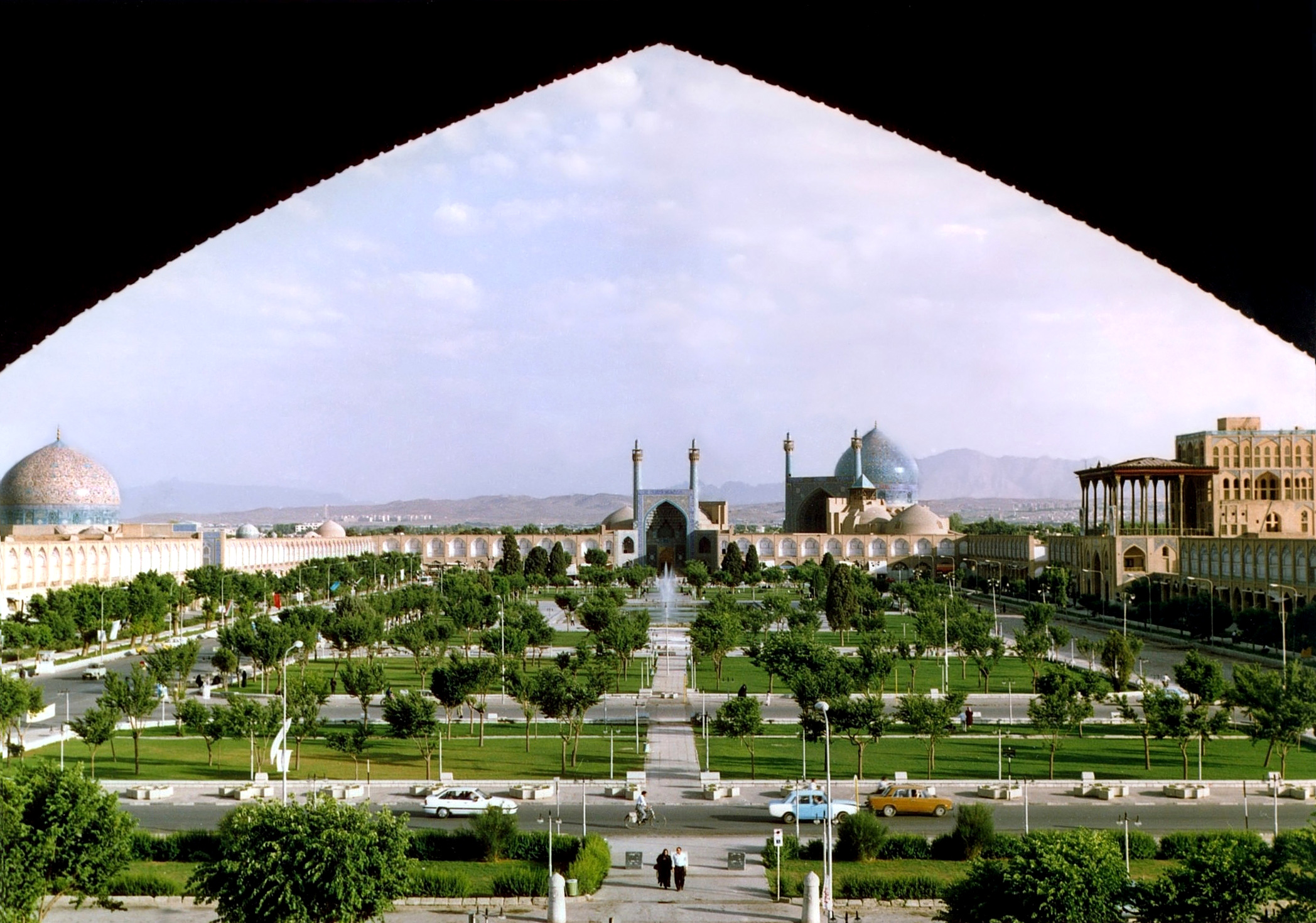
Chehel Sotoun (also Chehel Sotoon, Persian: چهل ستون is a pavilion in the middle of a park at the far end of a long pool, in Isfahan, Iran, built by Shah Abbas II to be used for his entertainment and receptions. Made in 1646.
is a pavilion in the middle of a park at the far end of a long pool, in Isfahan, Iran, built by Shah Abbas II to be used for his entertainment and receptions. Made in 1646.
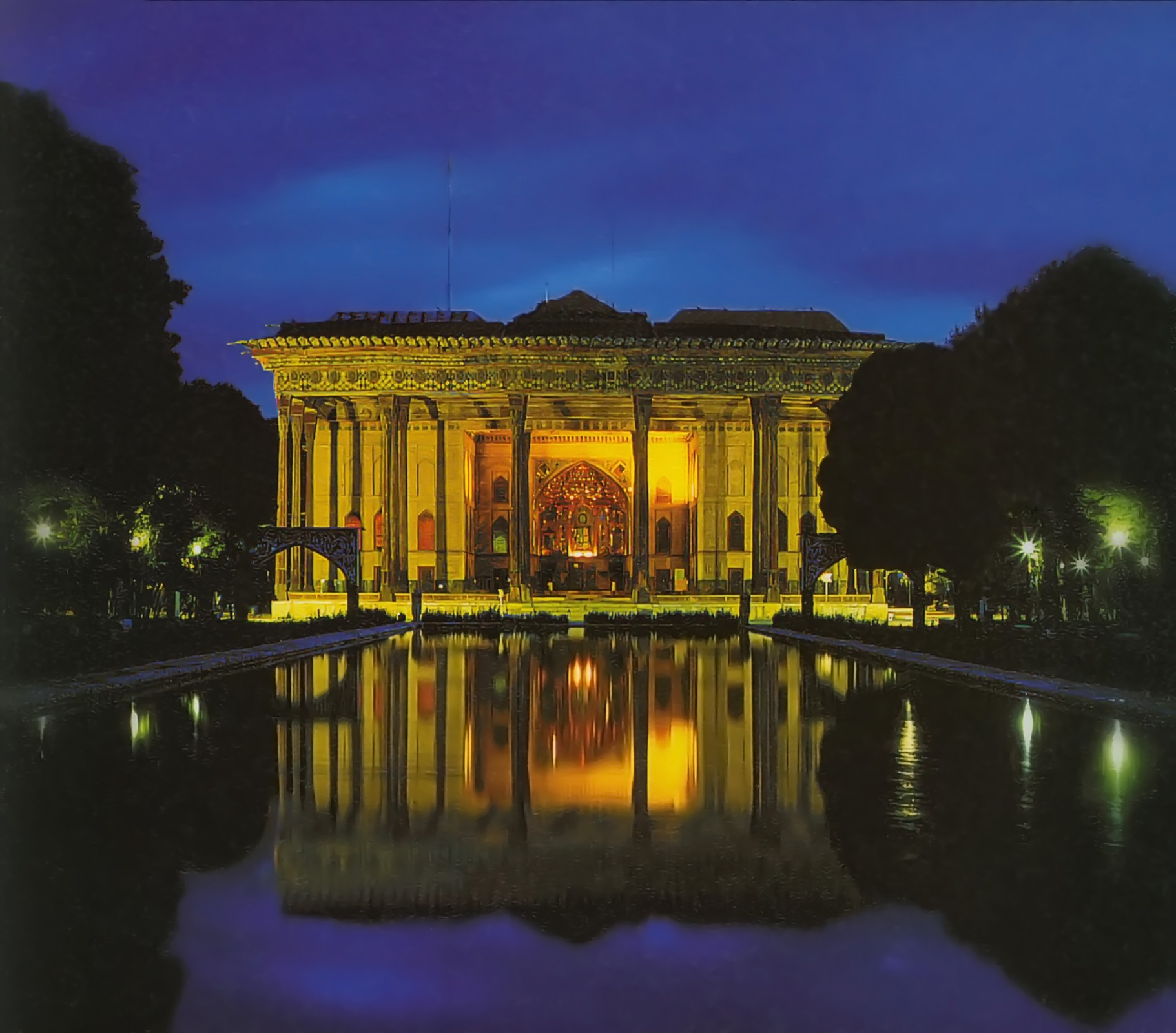
Pol-e Khaju(Khaju Bridge) - 1650.
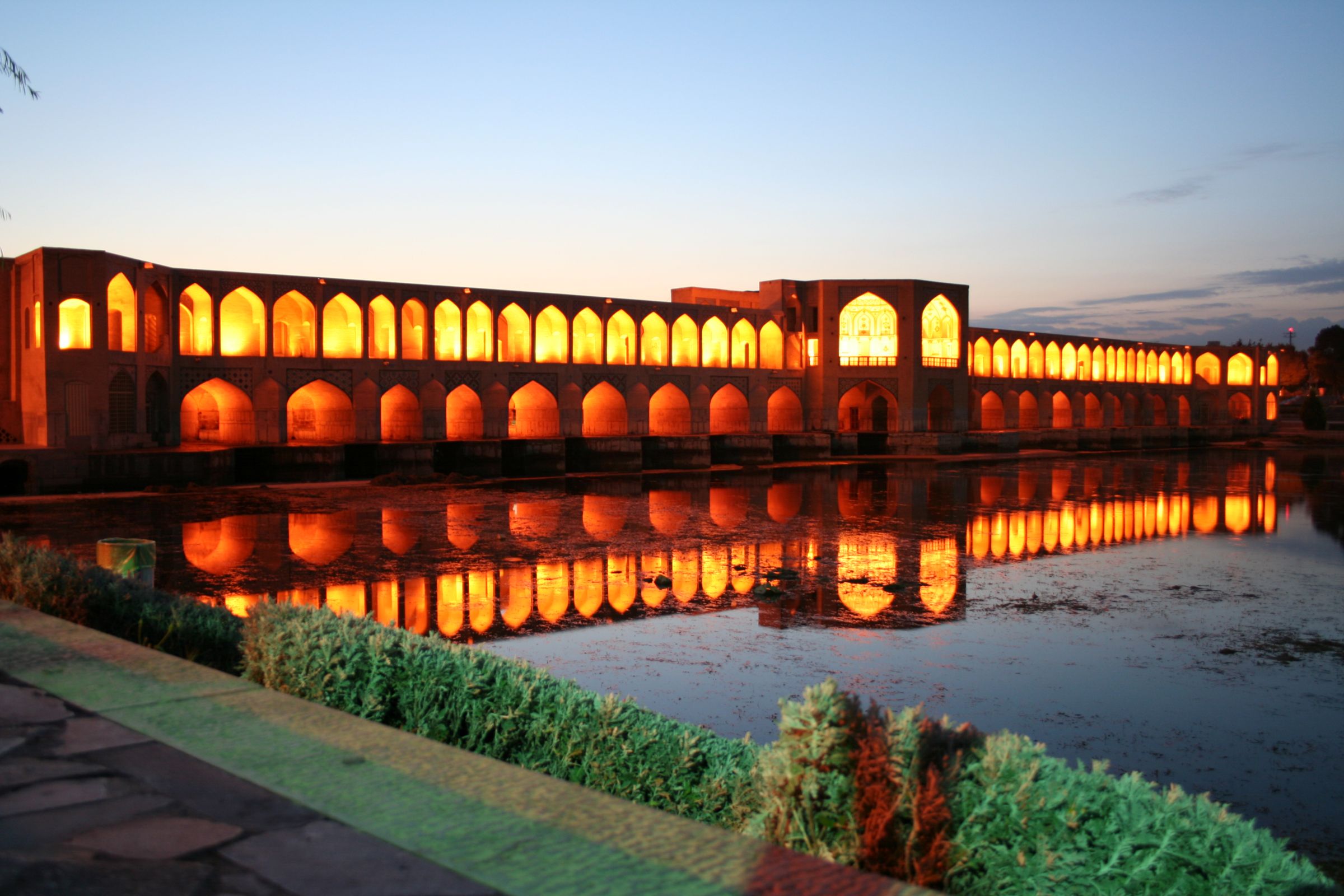


Si-o-Seh Pol (The Bridge of 33 Arches) - 1602.
Sheikh Lotf Allah Mosque (Persian: مسجد شيخ لطف الّله - Masjed-e Sheikh Lotf-ollah). Construction of the mosque started in 1615 and was finished in 1618.
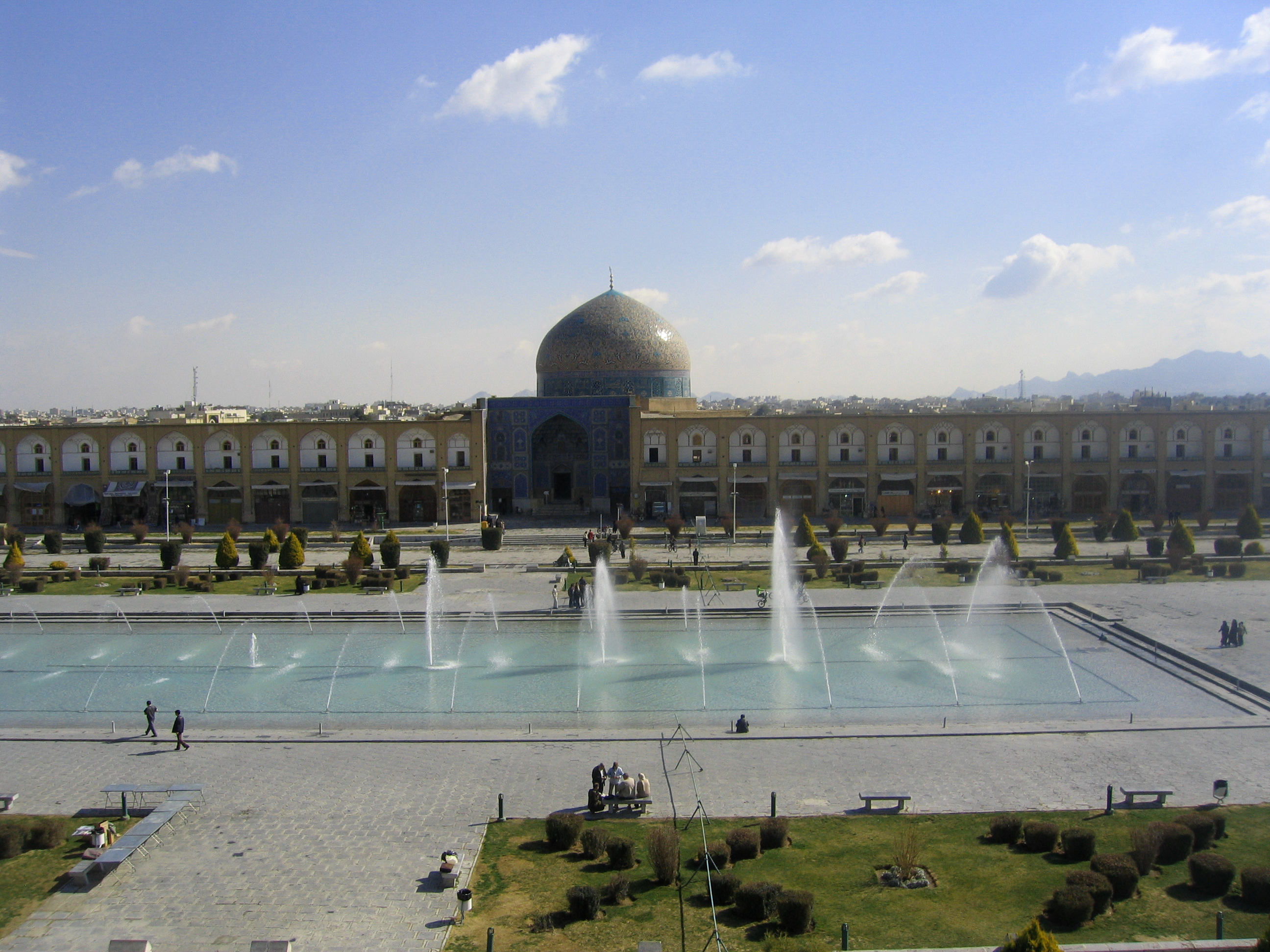
The Naghsh-e Jahan Square in Isfahan is one of the biggest city squares in the world and an outstanding example of Iranian and Islamic architecture. It has been designated by UNESCO as a World Heritage Site. The city also has a wide variety of historic monuments ranging from the Sassanid to the Safavid dynasties. Remaining Islamic architectural sites were built from 11th to the 19th century, while older, pre-Islamic monuments date back to 1000 B.C.
Islamic Archiecture:
Naghsh-e Jahan Square (Cons. started 1602)

Chehel Sotoun (also Chehel Sotoon, Persian: چهل ستون
 is a pavilion in the middle of a park at the far end of a long pool, in Isfahan, Iran, built by Shah Abbas II to be used for his entertainment and receptions. Made in 1646.
is a pavilion in the middle of a park at the far end of a long pool, in Isfahan, Iran, built by Shah Abbas II to be used for his entertainment and receptions. Made in 1646.
Pol-e Khaju(Khaju Bridge) - 1650.


Si-o-Seh Pol (The Bridge of 33 Arches) - 1602.
Sheikh Lotf Allah Mosque (Persian: مسجد شيخ لطف الّله - Masjed-e Sheikh Lotf-ollah). Construction of the mosque started in 1615 and was finished in 1618.

Pasban
FULL MEMBER

- Joined
- Apr 3, 2010
- Messages
- 771
- Reaction score
- 0
continuing...
Sheikh Lotf Allah Mosque (1618)
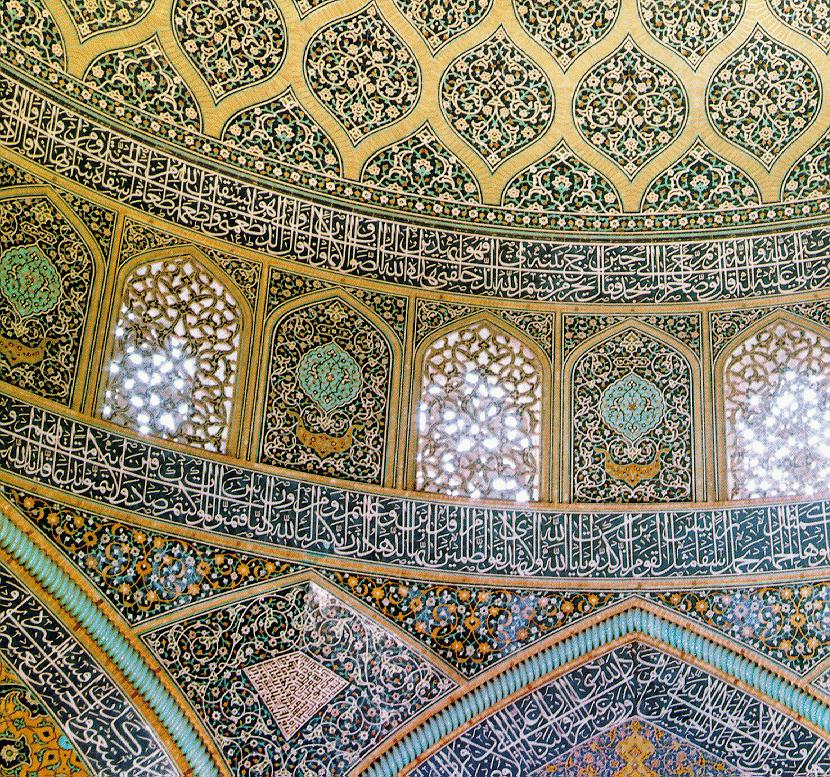
Chahār Bāgh school (Madreseye Chahār Bāgh in Persian or مدرسه چهار باغ ), also known as Shah school. A 16-17th century cultural complex.
The Jāmeh Mosque of Isfahān (Persian: مسجد جامع اصفهان - Masjid-e-Jāmeh Isfahān). The mosque is the result of continual construction, reconstruction, additions and renovations on the site from around 771 to the end of the 20th century.
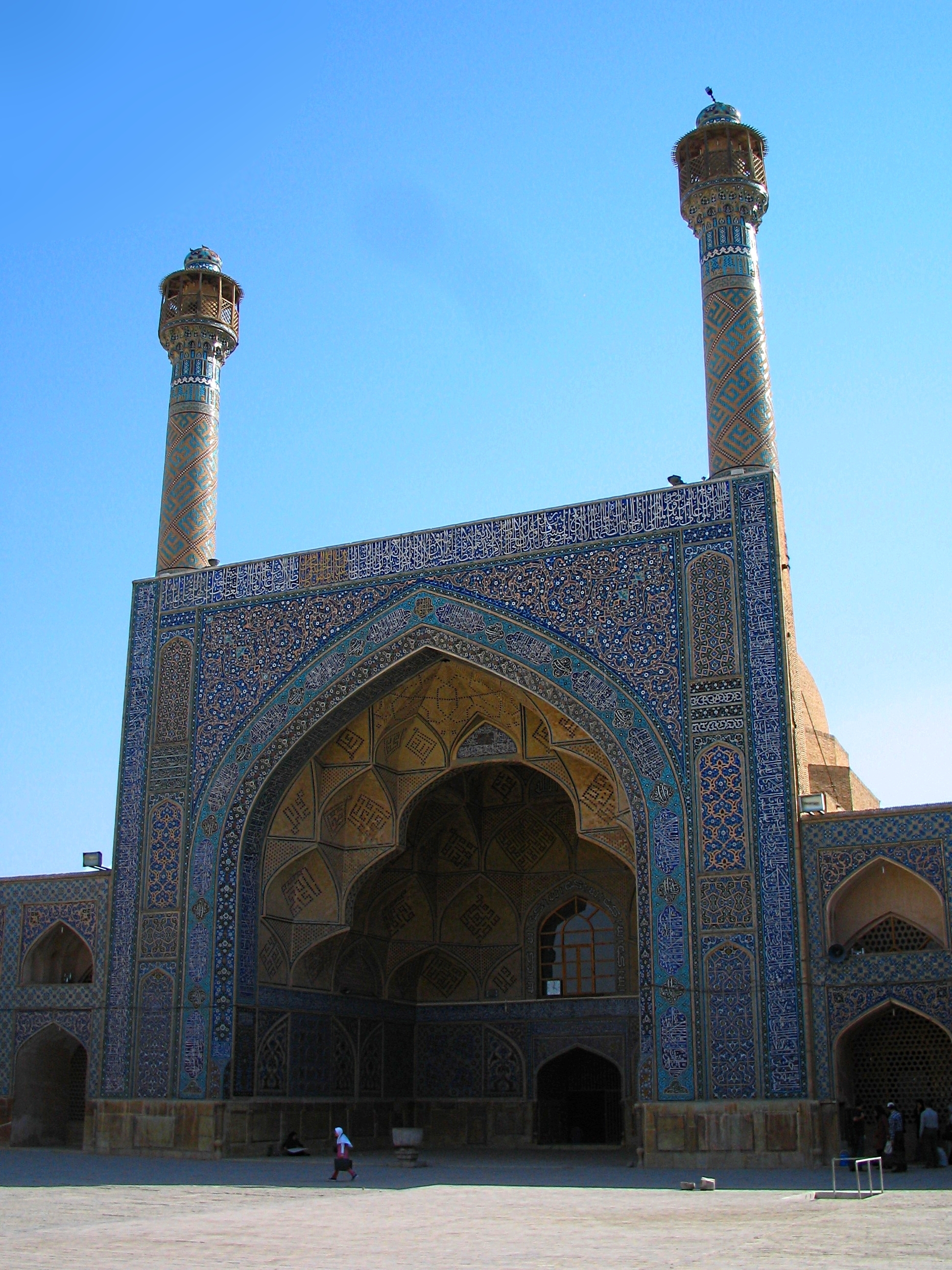
The Imam Mosque or Masjed-e Imām (Persian: مسجد امام , formaly known as Shah Mosque. Its construction began in 1611, and its splendor is mainly due to the beauty of its seven-color mosaic tiles and calligraphic inscriptions.
, formaly known as Shah Mosque. Its construction began in 1611, and its splendor is mainly due to the beauty of its seven-color mosaic tiles and calligraphic inscriptions.

Sheikh Lotf Allah Mosque (1618)

Chahār Bāgh school (Madreseye Chahār Bāgh in Persian or مدرسه چهار باغ ), also known as Shah school. A 16-17th century cultural complex.
The Jāmeh Mosque of Isfahān (Persian: مسجد جامع اصفهان - Masjid-e-Jāmeh Isfahān). The mosque is the result of continual construction, reconstruction, additions and renovations on the site from around 771 to the end of the 20th century.

The Imam Mosque or Masjed-e Imām (Persian: مسجد امام
 , formaly known as Shah Mosque. Its construction began in 1611, and its splendor is mainly due to the beauty of its seven-color mosaic tiles and calligraphic inscriptions.
, formaly known as Shah Mosque. Its construction began in 1611, and its splendor is mainly due to the beauty of its seven-color mosaic tiles and calligraphic inscriptions.
Pasban
FULL MEMBER

- Joined
- Apr 3, 2010
- Messages
- 771
- Reaction score
- 0
A short tour to Omar Khayyam's mausoleum in Iran's city of Neishabour
An official from Neishabour Cultural Heritage Department, Mohammad-Ismail Etemadi, said on Wednesday that over 300,000 tourists, including 400 foreigners, visited the mausoleum of the prominent Iranian scholar Omar Khayyam during the last Iranian year (ended March 20), IRNA reported from Neishabour, Khorassan province.
The great sage, philosopher, mathematician, astronomer and poet of the 11th-12th centuries, Abolfath Omar ibn-Ibrahim Khayyami, known as Khayyam Neishabouri, is one of the most outstanding figures who passed away in Neishabour.
His mausoleum is located four kms to the southeast of Neishabour in a green garden in Heireh graveyard, next to that of Imamzadeh Mohammad Mahrouq's.
A monument, which was erected on Khayyam's tomb at an unknown date, was worn out through passage of time and finally collapsed in the 17th century.
Khayyam's remains was transferred to the present mausoleum on May 18, 1962, which was designed by Engineer Houshang Seyhoon and constructed by a foreign contractor.
The city of Neishabour with a population of over half a million, is located 120 kms to the southwest of the provincial capital of Mashhad.






Khayyam's mausoleum is a latticework and both its interior and exterior is decorated with his quatrains inscribed as inlaid tileworks.
An official from Neishabour Cultural Heritage Department, Mohammad-Ismail Etemadi, said on Wednesday that over 300,000 tourists, including 400 foreigners, visited the mausoleum of the prominent Iranian scholar Omar Khayyam during the last Iranian year (ended March 20), IRNA reported from Neishabour, Khorassan province.
The great sage, philosopher, mathematician, astronomer and poet of the 11th-12th centuries, Abolfath Omar ibn-Ibrahim Khayyami, known as Khayyam Neishabouri, is one of the most outstanding figures who passed away in Neishabour.
His mausoleum is located four kms to the southeast of Neishabour in a green garden in Heireh graveyard, next to that of Imamzadeh Mohammad Mahrouq's.
A monument, which was erected on Khayyam's tomb at an unknown date, was worn out through passage of time and finally collapsed in the 17th century.
Khayyam's remains was transferred to the present mausoleum on May 18, 1962, which was designed by Engineer Houshang Seyhoon and constructed by a foreign contractor.
The city of Neishabour with a population of over half a million, is located 120 kms to the southwest of the provincial capital of Mashhad.






Khayyam's mausoleum is a latticework and both its interior and exterior is decorated with his quatrains inscribed as inlaid tileworks.
Similar threads
- Replies
- 0
- Views
- 173
- Replies
- 3
- Views
- 1K
- Replies
- 4
- Views
- 192
- Replies
- 35
- Views
- 2K









